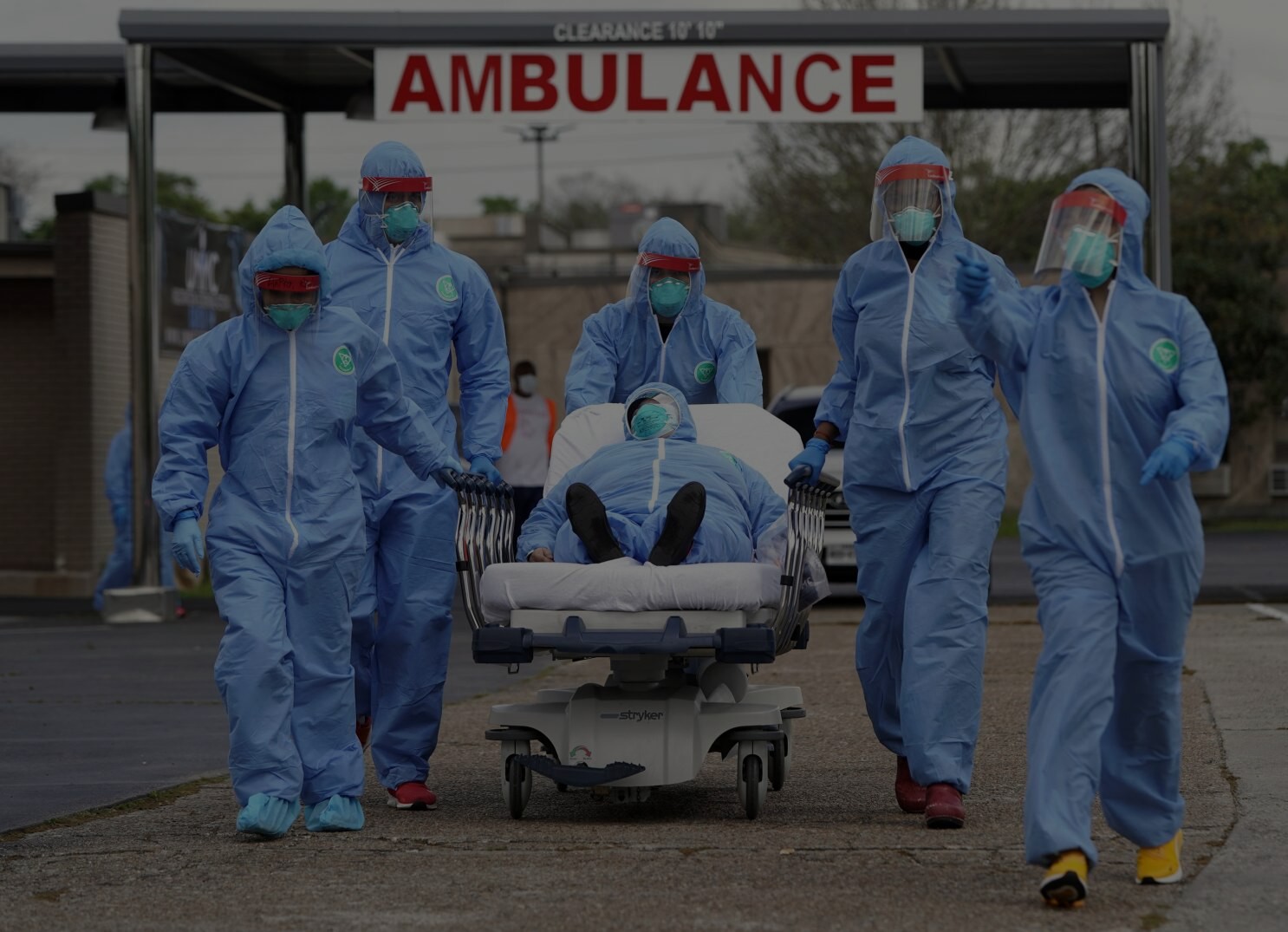After the challenges of the Covid-19 pandemic, it feels like our society has had its fill of disease outbreaks. Gone are the days when pandemic preparedness was a top priority for health departments. Instead, we're now experiencing "pandemic fatigue" as we reflect on the lessons learned from Covid-19. But now, with the resurgence of avian flu, particularly the H5N1 strain, the conversation about pandemics is back in the spotlight. So, is the potential for another pandemic as catastrophic as some fear, or is the panic exaggerated?
When it comes to global outbreaks, we often look back to the 1918 Spanish Flu to help gauge what might be in store. Author Laura Spinney has conducted extensive research on that devastating pandemic, offering insights into what a similar flu could mean for today's world. Her findings are eye-opening, if not sobering. Though this interview took place back in 2018, it not only proved prophetic regarding Covid-19 but also serves as a reminder that we may not have seen the last of such catastrophic plagues.
Here is that interview:
DISASTER INITIATIVES: Given that flu pandemics tend to occur every 30-40 years, with varying levels of severity, how do you think we should best prepare for the next one, and what lessons can we learn from past pandemics?
LAURA SPINNEY: A flu pandemic is pretty much inevitable at some point. Over the last 500 years, we've had about 30 to 40 flu pandemics, which works out to an average of one every 33 to 36 years. So, it's likely we’ll see another one this century. They don’t happen regularly enough to predict exactly when, but it's important to be prepared. The tricky part is that we can’t predict how severe the next one will be. It could be something as catastrophic as the 1918 pandemic, or it might be closer in scale to 2009, when only around 300,000 people died.
DISASTER INITIATIVES: Given the growing global population and the challenges with vaccine effectiveness, how can we address vaccine hesitancy and strengthen our health systems to better respond to future pandemics?

LAURA SPINNEY: I think the first, and probably most important, lesson is that we’re still just as vulnerable—if not more so—than we’ve ever been. Our global population is growing exponentially, which means there are more people potentially at risk. While we do have vaccines for some diseases, which are our first line of defense, they're not always 100% effective, as we saw with the flu vaccine this past season. The good news is, vaccines are constantly improving. But I really think we need to have a serious conversation about vaccine hesitancy. On top of that, we need to make sure our health systems are strong and resilient enough to handle a crisis that could hit fast and become huge.
DISASTER INITIATIVES: Given how quickly misinformation can spread, especially during a crisis, how can public health experts effectively manage the flow of information and ensure the right messages reach the right people?
LAURA SPINNEY: It’s definitely a terrifying situation, and it’s fascinating to think about how we’d communicate in such a crisis. There are no easy answers, though. Just yesterday, I was at a conference in Paris where public health experts were discussing exactly this—how to communicate during an epidemic. The main takeaway is that transparency is key, but it comes with its limits. They want to control the flow of information and manage how quickly it gets out because the way different people receive and interpret that information can vary so much. Everyone has different backgrounds, experiences, and levels of trust in health authorities, so you really have to know your audience. Some people might need specific messages tailored to them.
You also have to stay on top of how information is spread since traditional media might not always be the best way to reach everyone. With the rise of social media and new networks, the way messages get transmitted is constantly changing. Unfortunately, that also means misinformation can spread just as quickly. I recently wrote a piece for Science about the challenges public health experts are facing in the Democratic Republic of Congo while fighting Ebola. One of their biggest struggles is managing two very different information channels—promoting the right messages while trying to shut down false rumors that spread like wildfire in such a scary situation, often through the same networks.
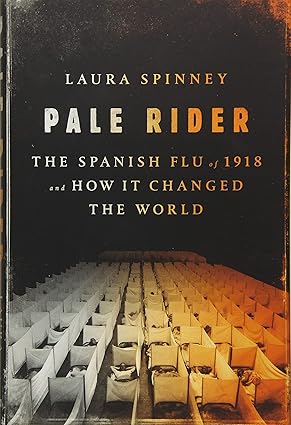
DISASTER INITIATIVES: Given that many people today don't fully understand the risks of past epidemics, how can we effectively remind them of the importance of vaccines without resorting to fear, and instead focus on the protection they offer?
LAURA SPINNEY: The first thing we need to do is understand why trust is slipping away. Why is it disappearing? It's a complicated issue, especially when you look at something like vaccine hesitancy. A big part of it, I think, is that many people today have forgotten the fear and suffering caused by past epidemics. A lot of people have never seen the devastating effects of diseases like polio, for example. And while polio is no longer a threat in many parts of the world, there are still places where it exists, and it could always make a comeback. So, there's this lack of experience with real fear, which makes it hard for people to fully grasp the risks.
This is something we need to keep in mind when we're communicating about these issues. Maybe the solution isn't to scare people, but rather to gently remind them of what we’ve gone through in the past. I'm not a psychologist, but perhaps telling stories might help. For instance, think about how Americans celebrated in the streets in 1955 when they heard the Jonas Salk polio vaccine was safe. That moment was a huge relief for parents, knowing their kids were no longer at risk of something as terrifying as polio. People really understood the danger they were being protected from, but today, we don’t always have that same awareness.
DISASTER INITIATIVES: What do you think made the 1918 flu so deadly compared to other flu strains, and how might factors like the timing during World War I and the concept of "imprinting" in our immune systems have played a role in how it impacted certain groups?
LAURA SPINNEY: The 1918 flu, which was also H1N1, is still a topic of debate. We know it was a particularly nasty strain, but what made it so deadly? One factor was the bacteria circulating at the time, which caused secondary respiratory infections. Most of the people who died didn't die directly from the virus but from complications caused by bacteria. Another interesting idea is that the timing of the pandemic—during World War I—may have played a role. With the war, there were huge movements of people, which helped spread the virus quickly. Plus, the human population was stressed, which might have affected the virus's ability to mutate and stay virulent.
Some studies suggest that if a similar strain of the 1918 flu hit today, the death toll could be as high as 350 million. What makes a pandemic strain different from a seasonal flu strain? Normally, flu affects the very young and the elderly, but in 1918, it also hit young adults, especially men, and pregnant women. One theory is something called "imprinting"—basically, the first flu strain you're exposed to as a child shapes your immune system’s response. People born between 1914 and 1918 likely had their immune systems trained by the flu that caused the 1890s pandemic, which was a very different subtype. That mismatch might have made them more vulnerable to the 1918 virus. Interesting, right?
“You also have to stay on top of how information is spread since traditional media might not always be the best way to reach everyone.”
DISASTER INITIATIVES: How do you think individuals and businesses can best prepare for a pandemic, and what steps can we take now to make sure we're ready if one strikes?
LAURA SPINNEY: It's interesting to think about what an individual can do during a pandemic because, in the end, it’s really a collective problem. But there are definitely steps we can take. The best thing you can do, especially when it comes to the flu, is to get vaccinated. The flu vaccine each year targets the seasonal strains, so it won’t protect you directly from a new strain in a pandemic, but it could provide some cross-protection depending on the strain. Plus, getting vaccinated every year helps people get used to the idea and makes it their first instinct when a pandemic hits.
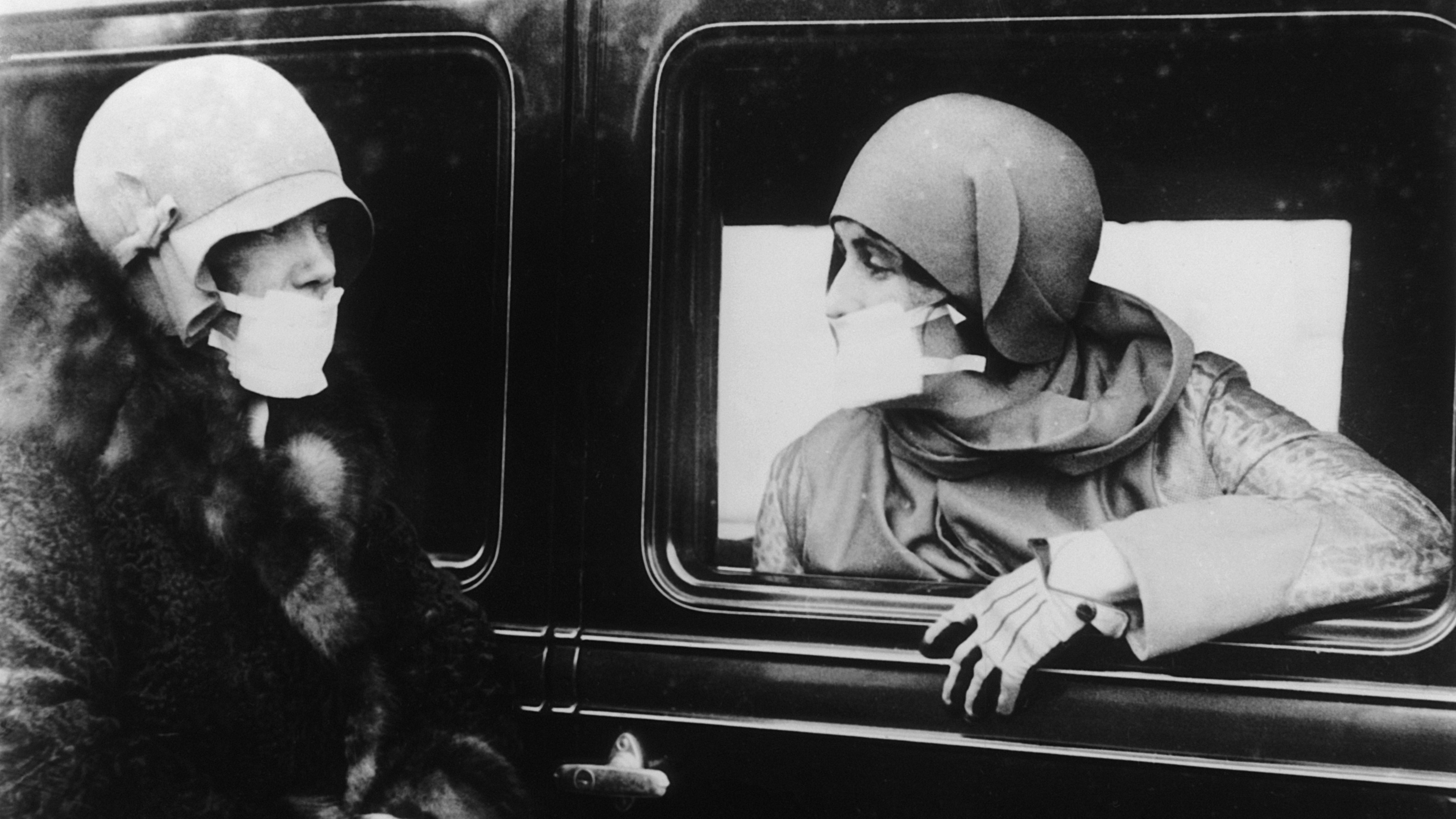
There’s also an economic reason to keep getting vaccinated. The same labs that produce the seasonal flu vaccine would also make a pandemic vaccine if needed. If those labs aren’t kept running smoothly, there won’t be enough capacity to make enough vaccines for everyone when the time comes. So, getting vaccinated and encouraging others to do the same is important.
If you do catch the flu, the basic advice is to stay home, see a doctor if it’s bad, and avoid spreading it to others. Employers need to play a part too—especially the private sector. They need to understand the impact of a pandemic, from sick employees to disrupted networks. They should invest in pandemic preparedness plans, support research, and make sure sick employees don’t feel pressured to come into work. For example, continuing to pay employees during sick leave could help stop them from spreading the illness. Everyone has a role to play in preventing the spread.
DISASTER INITIATIVES: Why do you think it's so important to invest in strengthening healthcare systems before a pandemic hits, and how can we build trust between the public and health authorities to ensure a more effective response?
LAURA SPINNEY: Not enough money is being invested to strengthen healthcare systems to the level we need them to be for handling a pandemic. If you compare the potential cost of a pandemic with the relatively small amount it would take to boost healthcare resilience, it’s hard to understand why we’re not prioritizing that. There are some great initiatives from organizations like the WHO and CDC to get people thinking about this and to push for more funding and research in this area. We’re definitely getting better at recognizing the need, but there's still a lot of work to do.
On the flip side, it’s not just about the money. Building trust between the public and health authorities is crucial. In my book, I argue that if trust isn’t established before a pandemic hits, it’s already too late. Things move so fast in these situations. So, we need to be thinking now about why certain groups might resist getting vaccinated or what the sources of that resistance are, and how we can address them before it becomes a bigger problem.
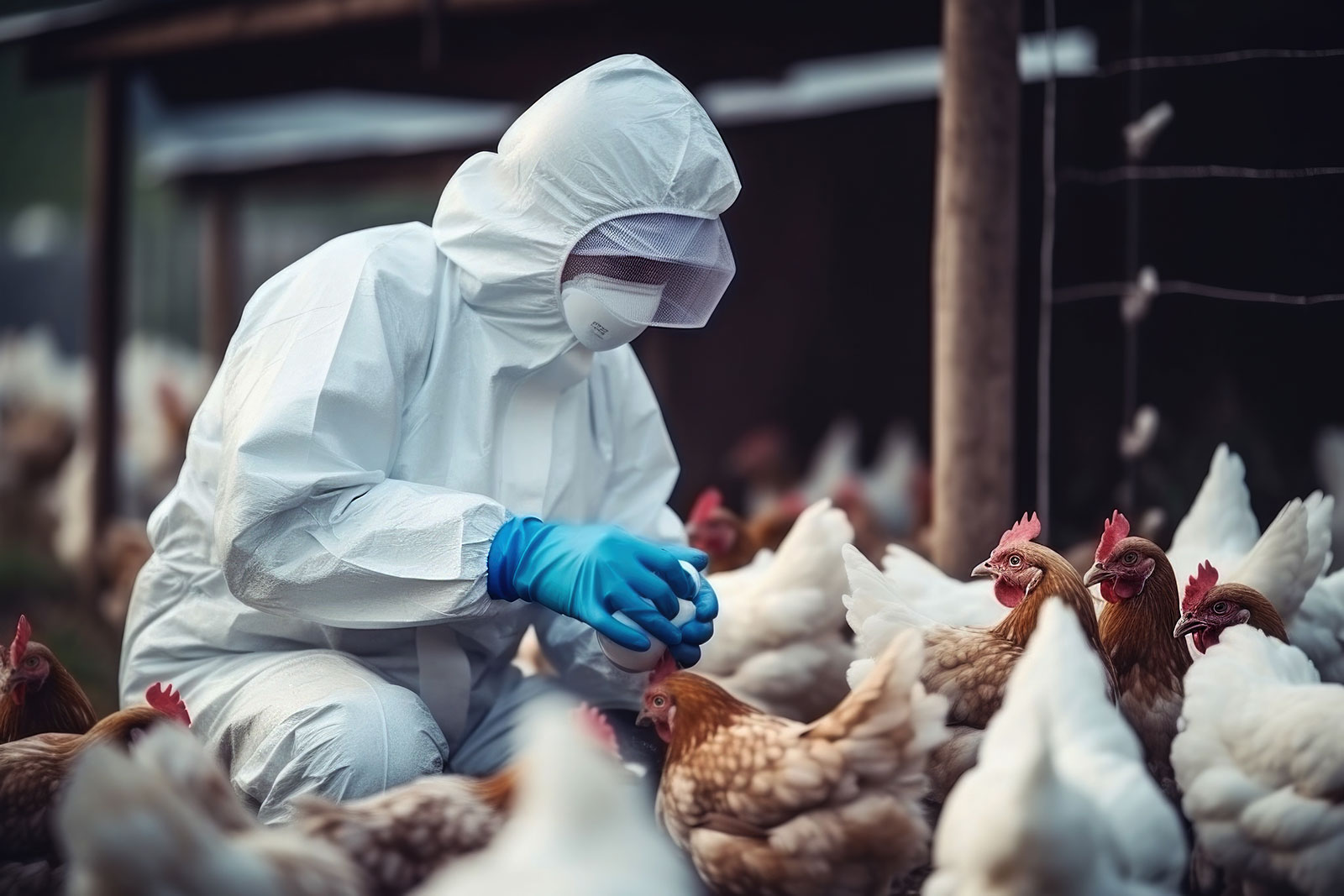
DISASTER INITIATIVES: How do you think we can ensure that the right people are delivering important messages during a crisis to build trust and prevent backlash?
LAURA SPINNEY: I definitely think it’s possible. If the person delivering the message isn't trusted, it can totally backfire. People are more likely to listen to someone they believe in, so the key is making sure that trust is placed in the right people, at the right time. It’s all about having credible messengers—whether that's public health experts, local leaders, or trusted community figures—deliver the message in a way that feels authentic and reliable. If the message feels like it's coming from someone people don't trust or understand, it’s much harder to get through to them. Trust really plays a huge role in how people respond, especially in a crisis.
“Some studies suggest that if a similar strain of the 1918 flu hit today, the death toll could be as high as 350 million.”
DISASTER INITIATIVES: How can we strike the right balance in communicating the risks of a potential pandemic without causing unnecessary panic or making people complacent?
LAURA SPINNEY: There’s a lot of alarmist talk about the 1918 flu, and in some ways, it’s justified because something like that could happen again. We will definitely face future pandemics, but they might not be as severe as that. It’s important to make it clear that there's a whole range of possibilities.
For instance, if we see something more like the 2009 flu, where "only" 300,000 people died (and I say "only" because that's still a huge loss, but fewer than the usual 600,000 that die in an average flu season globally), we run the risk of frustrating people. They might think, "Why were the experts predicting tens of millions of deaths, and it turned out to be much less?" And that could make them less likely to trust health advice in the future. They might skip their flu shot or become complacent, which sets us up for exactly the kind of conditions that could fuel a major pandemic.
So, it's a really tricky balance. We need to talk about the 1918 flu and use it as a reminder, but it’s also important to frame it as the worst-case scenario, not something we’re definitely going to face again.
The 4-11
Many around the world are eager to move past the tumult of the Covid-19 pandemic, a time marked by anxiety, mistrust, and political and social division. Though we learned valuable lessons—particularly about ourselves as a society—the scars remain. Now, with the resurgence of avian flu in the headlines, the conversation about potential global outbreaks is heating up once again. While the severity of future pandemics remains uncertain, author Laura Spinney's research on the 1918 Spanish Flu provides crucial insights into what could lie ahead. Her sobering findings remind us that the threat of pandemics may not be as distant as we hope. While we may be exhausted by pandemic discussions, staying vigilant is essential, both for our health and the well-being of our society.
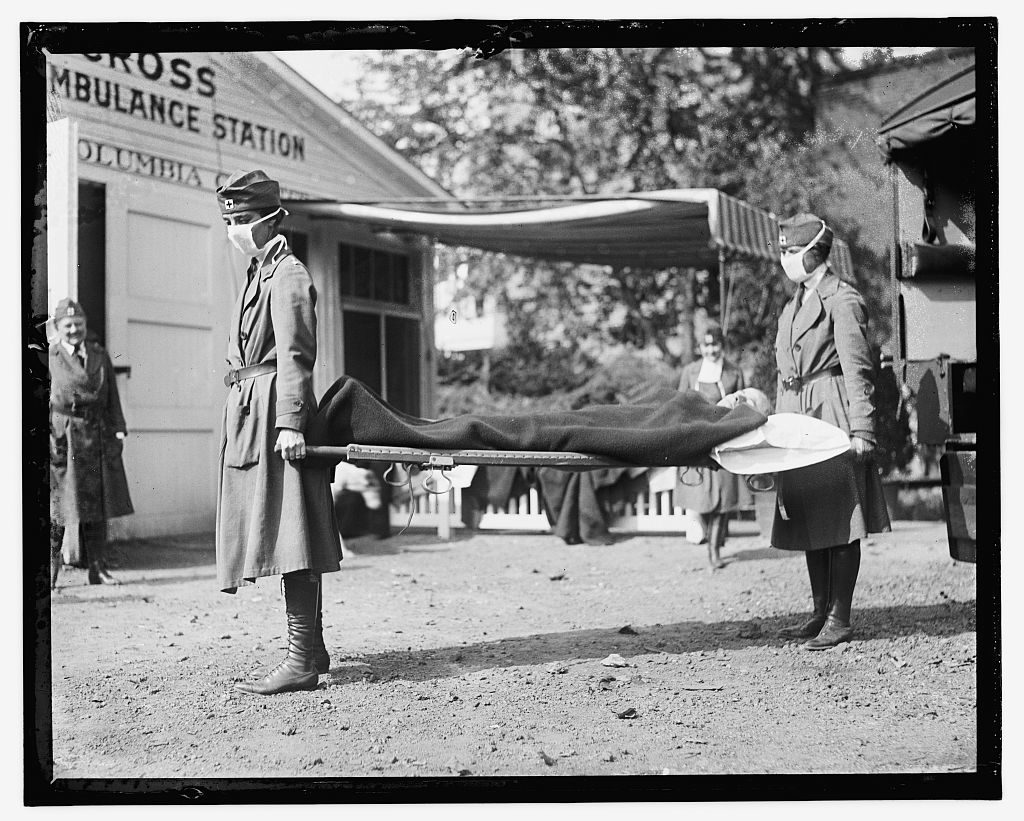
About Laura Spinney
Laura Spinney is a writer and science journalist whose work has appeared in publications like Nature, The Economist, and National Geographic. She is the author of two novels, The Doctor and The Quick, as well as a collection of oral history, Rue Centrale. Her critically acclaimed non-fiction book about the 1918 influenza pandemic, Pale Rider: The Spanish Flu and How it Changed the World, has been widely praised and translated into several languages. She currently lives in Paris.
You can find more about Laura Spinney at her website:

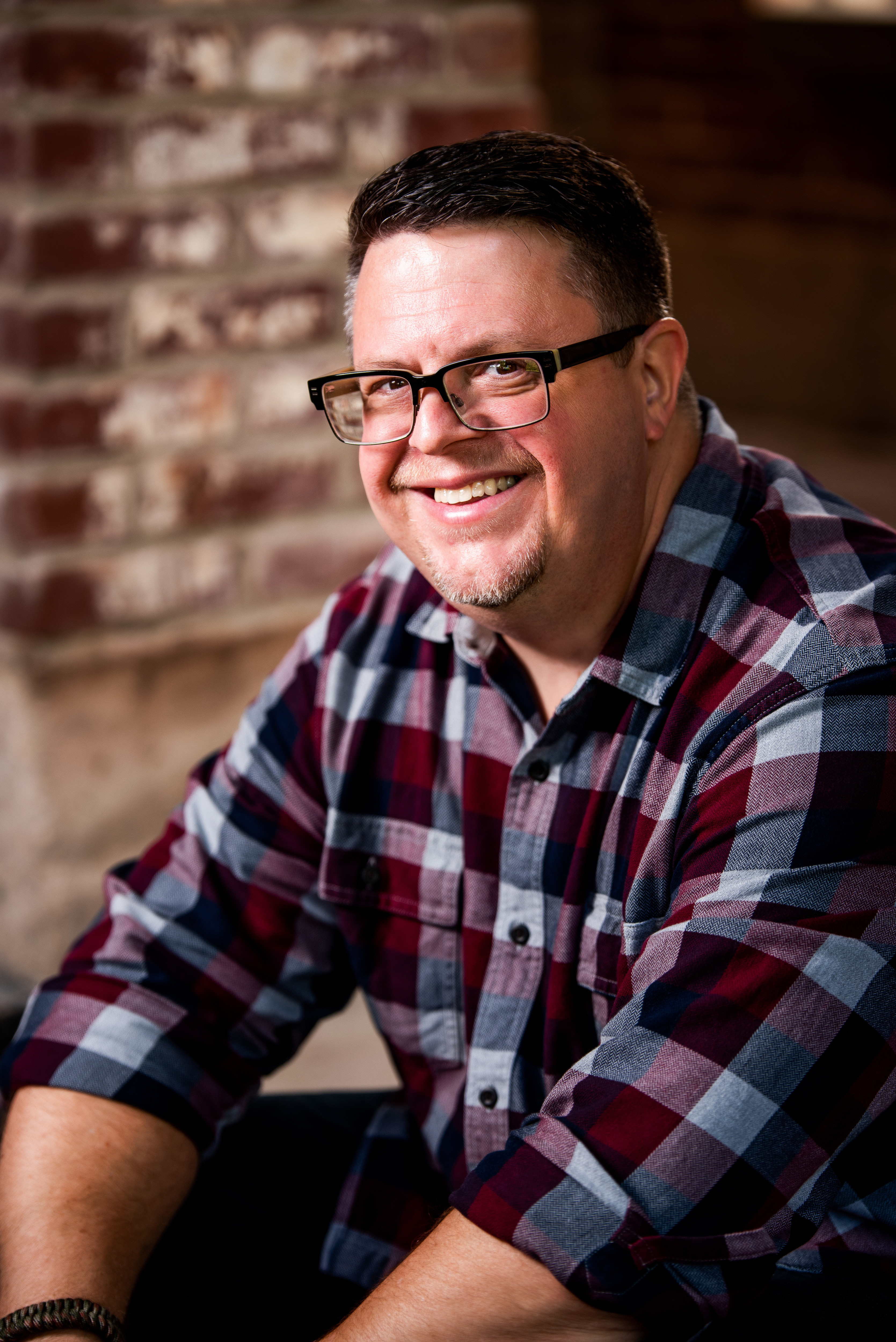
About the Author
Mark Linderman is the owner of Disaster Initiatives, an online company that provides communication leaders with the tools needed to address their communities and the media throughout a crisis, and teaches the communicator to approach crisis communication from the listener’s perspective. He is a Certified Emergency Manager (CEM) and nineteen-year veteran of Public Health. He instructs Crisis & Risk Communication within the field of disaster preparedness for seven universities, including Indiana University’s Fairbanks School of Public Health. Mark is considered a Subject Matter Expert in the field of disaster-based communication and is a widely received public speaker and advocate for disaster preparedness.
Mark Linderman,
MSM, CEM, CCPH, CSSSS
Visit DISASTER INITIATIVES for more information.
